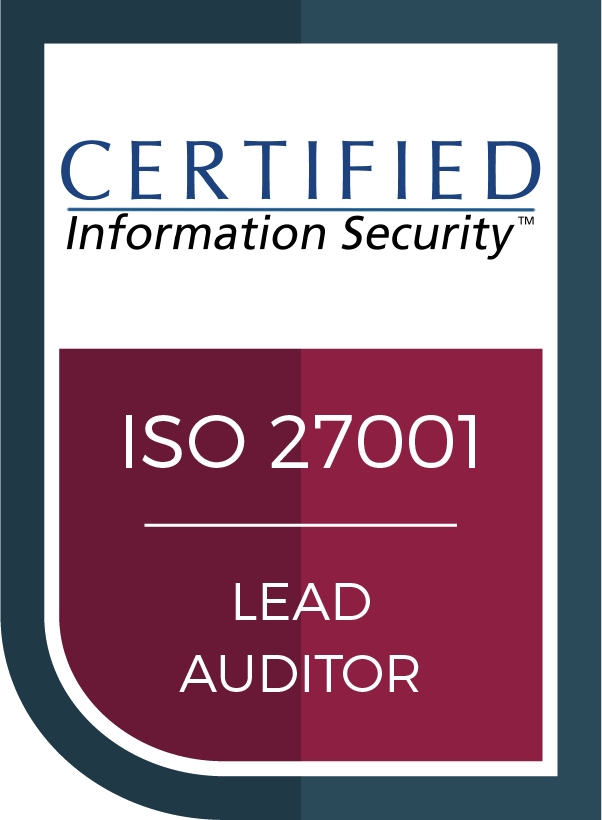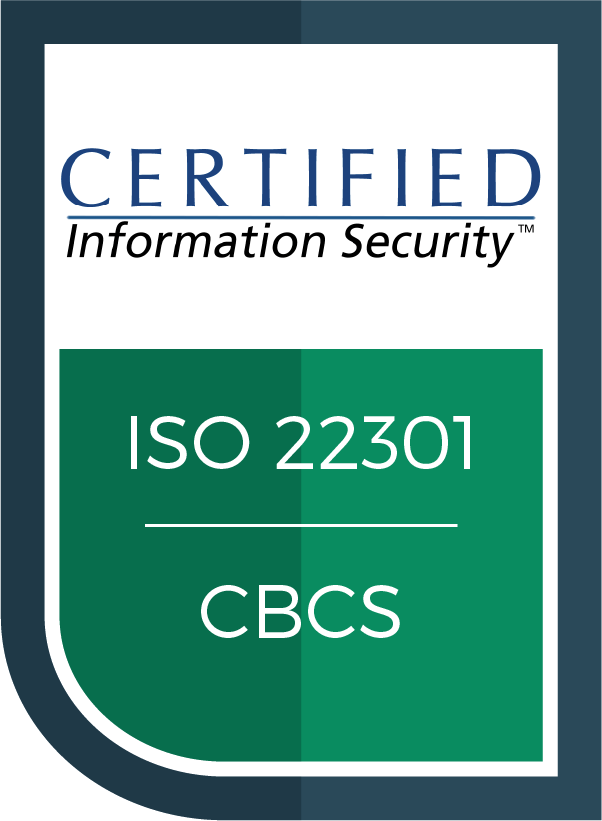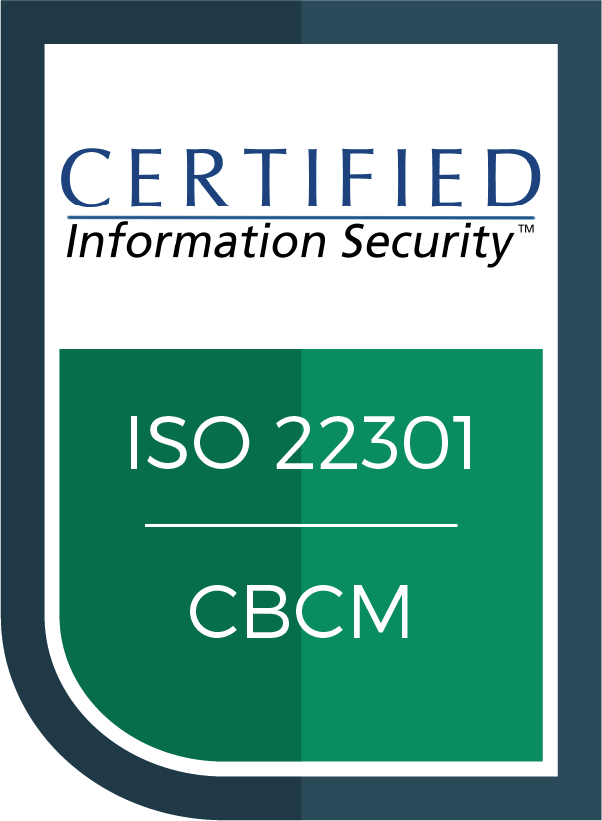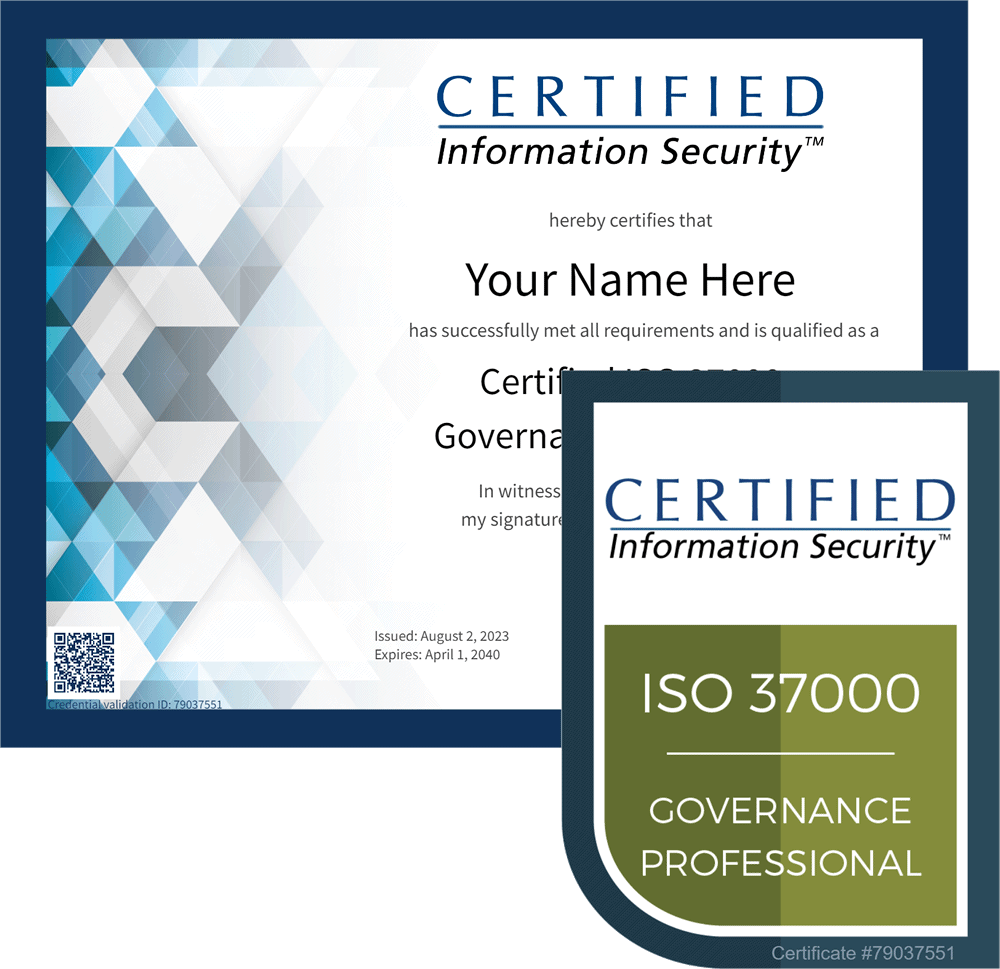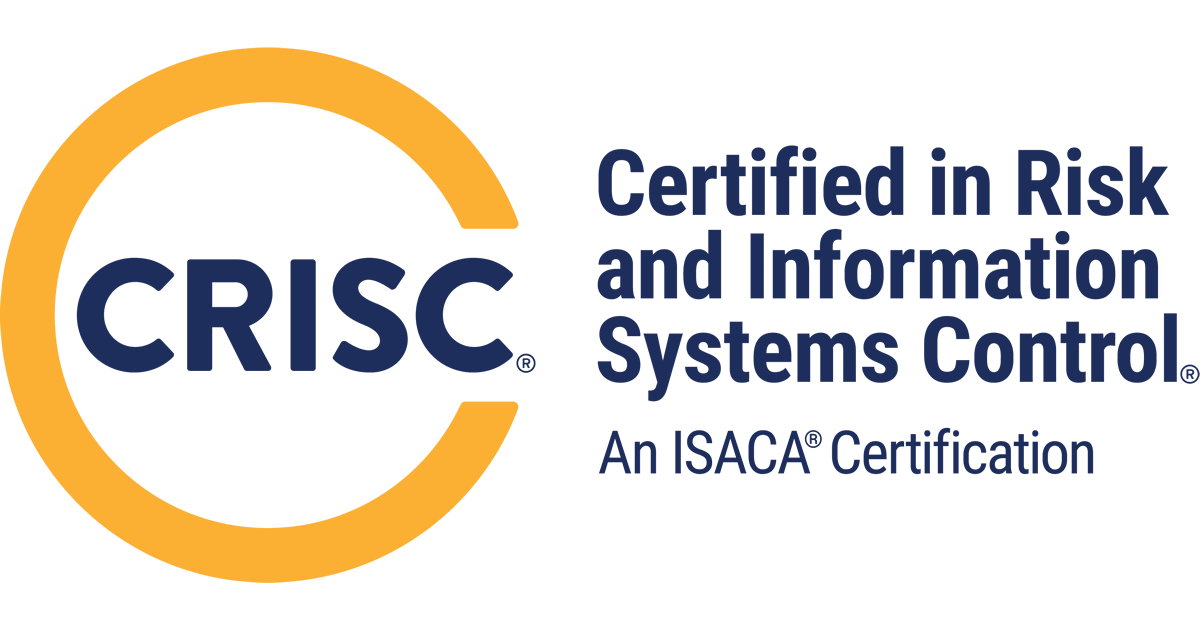ISO 31000 Risk Manager certification training
iso 31000 risk manager |
enterprise risk management |
risk assessment |
|
crisc training online course |
crisc certification online course |
online cisa training course |
online cism training course |
iso 31000 risk manager training |
online cism certification course |
certified iso 31000 risk manager, control monitoring, iso iec 31000 risk policy, iso 31000 risk criteria, get certified in iso iec risk and information systems control control monitoring and risk management guidelines for risk monitoring. Business continuity and operational resilience are addressed in the international standard for crisis management. Operational resilience and continuity resilience are viewed similarly. Managing the supply chain and digital transformation iso 31000 lead risk manager iso iec
Although most organizations
manage risk to some extent,
they often don't have
a good system to manage it well.
manage risk to some extent,
they often don't have
a good system to manage it well.
Learn how to leverage ISO 31000 Enterprise Risk Management
to ensure barriers to success are better identified, reduced, and potentially eliminated.
Get trained and certified in ISO 31000 and ISO 27005 Enterprise Risk Management
A successful risk management initiative can affect the likelihood and consequences of risks materializing, as well as deliver benefits related to better informed strategic decisions, successful delivery of change and increased operational efficiency. Other benefits include reduced cost of capital, more accurate financial reporting, competitive advantage, improved perception of the organization, better marketplace presence and, in the case of public service organizations, enhanced political and community support. And since information security, business continuity/disaster recovery, environmental health and safety, and other critical management systems have the primary purpose of identifying and treating risk, it is essential that your organization establish a common platform and approach for managing risk.
As the foundation session of CIS risk management training courses, this 3-day enterprise risk management training and policy workshop session provides thorough coverage of the ISO 31000 and 31010 standards, as well as setting out advice on the implementation of an ERM initiative. The purpose of the training is to:
- Describe the principles and processes of risk governance and management;
- Provide a thorough overview of the requirements of ISO 31000, ISO 31010, ISO 23894 (AI Risk) and ISO 27005 (InfoSec risk);
- Give practical guidance on designing and implementing a suitable enterprise risk management framework;
- Establish a firm program starting point by using ISO standards 31000, 31010, 23894, and 27005 to build out the initial ERM core policy. Soft-copy editable templates are provided in the instructor-led class:
- Complete ERM Policy (18-Page template provided)
- ERM Context and Scope Document (10-Page template provided)
- ERM Risk Assessment and Risk Treatment Methodology Document (18-Page template provided)
- Procedure for Training and Development Needs Analysis document (8-Page template provided)
- ERM Program project kick-off document (9-Page template provided)
- Procedure for Identification of ERM Project Requirements document (4-Page template provided)
- Procedure for Identification of Statutory, Regulatory, and Contractual Requirements document (1-Page template provided)
- Establish a formal risk assessment and risk treatment methodology based upon ISO 31010 and ISO 27005 best practices
- Establish risk monitoring, communication, and reporting


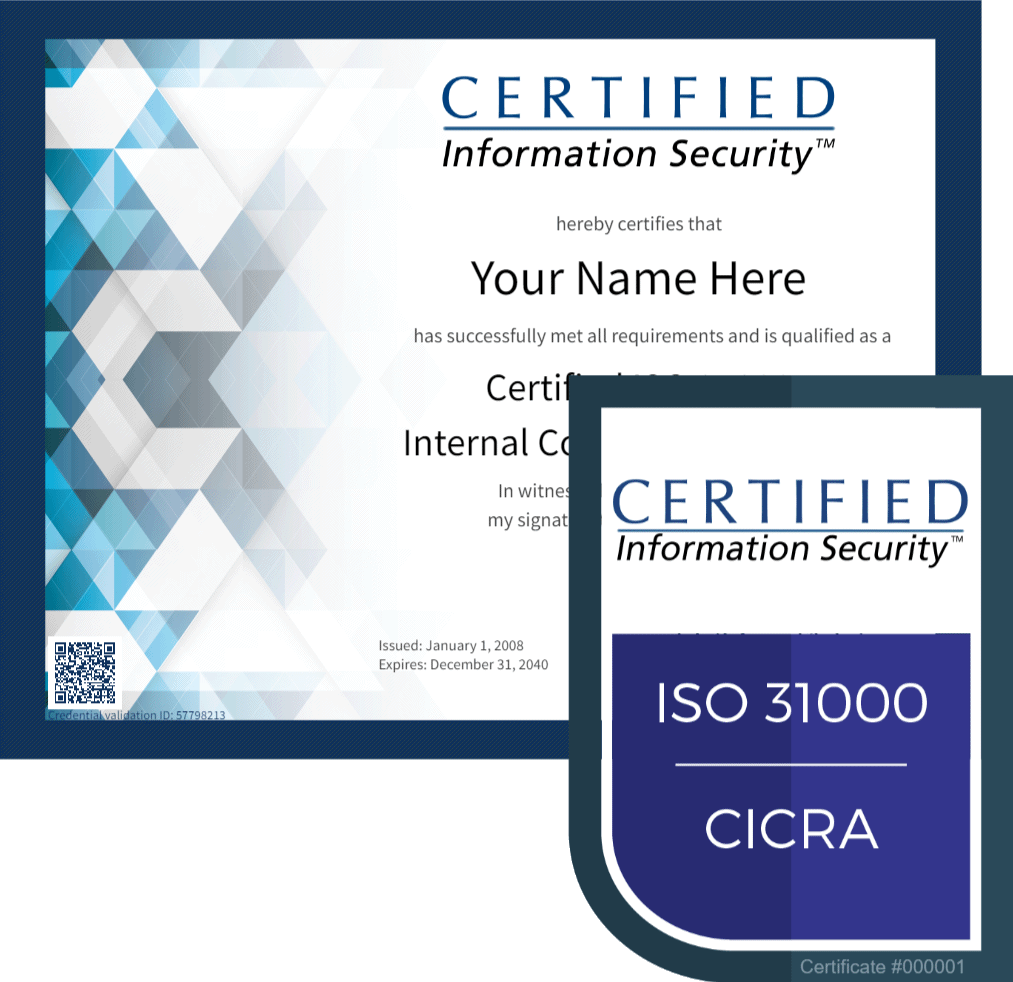
 Certified Information Security provides the training and credentialing you need to become recognized as an authority in information security governance and risk management. You choose the method of delivery: online through our secure website, or in-person at a publicly available course or privately at your facility. We take care of the rest – from administration, to record keeping, to providing certificates of completion and certification.
Certified Information Security provides the training and credentialing you need to become recognized as an authority in information security governance and risk management. You choose the method of delivery: online through our secure website, or in-person at a publicly available course or privately at your facility. We take care of the rest – from administration, to record keeping, to providing certificates of completion and certification.




